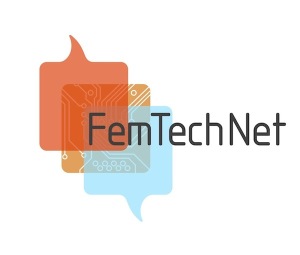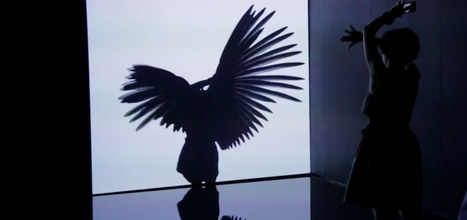Position: Film Archives Assistant
Location: Knight Library, Special Collections and University Archives
Duration: Fall 2014, Winter 2015 and Spring 2015 academic terms
Hours: 120 hours per term, to be arranged
Pay: $11.05/hour
Deadline: November 17, 2014
Project Description:
The Thomas Intern will assist with an ambitious project to create an online viewing environment for the 4,000 films from 1930s-2000s in the University Archives Athletics Films collection. In collaboration with University Athletics, Special Collections and University Archives will digitize the films and present them in a customized interface that allows users to search by team, season, and opponent.
Under supervision from the University Archivist and the Curator of Moving Images, the Thomas Intern will create a finding aid for the collection; enhance descriptive metadata for individual items; clean, repair, and otherwise prepare films for digitization; upload digital files to the online database of films; and classify digital files according to a pre-determined schema (i.e., team, season, and opponent).
Qualifications for the Thomas Internship:
- Both undergraduate and graduate students may apply.
- Students must be currently enrolled and will be required to provide proof of enrollment if selected.
- Some exceptions may be considered.
- This position requires excellent manual skills and a basic skills assessment test will be required.
Preference will be given to:
- Oregon residents.
- Students enrolled for at least six credits in an American Library Association-accredited master’s degree program in library or information science/studies anywhere in the U.S. or Canada; you will be required to provide proof of enrollment if selected.
- Students (undergraduate or graduate) enrolled in UO’s School of Architecture and Allied Arts.
To Apply:
Please submit the following documents to Ms. Laine Stambaugh, Human Resources Librarian,
Knight Library, libapps@uoregon.edu, by November 17, 2014:
1. Cover letter introducing yourself and describing your interest in this assignment
2. Current Résumé
3. List of three references who may be contacted if you are a finalist
4. Completed Thomas Internship Application for 2014-2015 (see
http://library.uoregon.edu/admnpers/thomasintern.html)




 Wendy Chun
Wendy Chun




